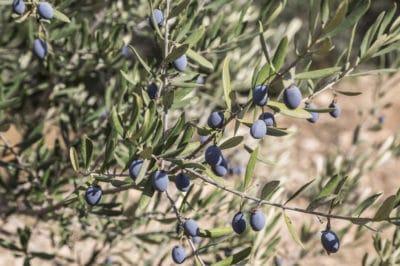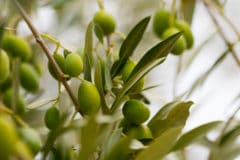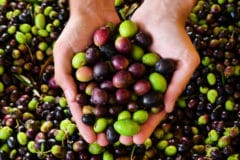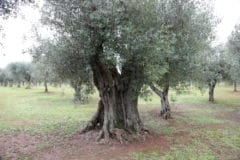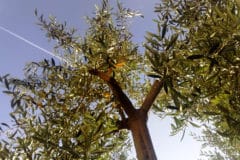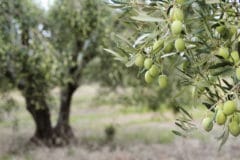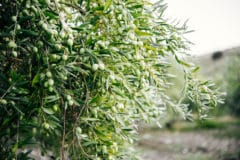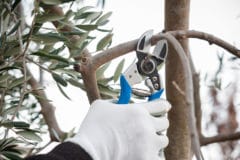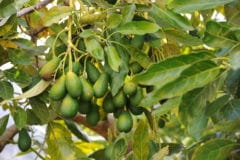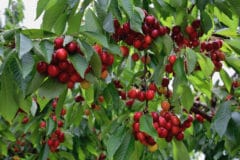Regions of the World Where Olive Trees Thrive
A quick glance of the regions of the world which produce the most olive trees tells us something important about the climatic requirements of this crop. These main olive growing areas are:
- Spain
- Italy
- Greece
- Tunisia
- Egypt
- Morocco
- Turkey
- The U.S. state of California
Other countries with increasing olive production are Saudi Arabia, Java, Bermuda, and Argentina.
All of these growing regions have in common a warm summer climate, little to no summer rain, and few days of freezing temperatures which never drop below 15°F (-9.4°C). This is the climate olive trees prefer and do best in.
Today, over 20 million tons of olives are grown commercially each year in these locations, producing cured olives and olive oil. In addition, many home gardeners in these climate zones successfully grow olives in their backyard gardens and home landscapes.
Soil Types for Olive Trees
Olive trees need soil with good drainage and a site with full sun, but they can grow in poor quality soils and need little fertilizer. Olive trees don’t often become deficient in phosphorus, potassium, or trace minerals, so the addition of these fertilizers is usually not needed at planting or later. However, applications of nitrogen fertilizers are needed for growth of leaves and olive production.
In most soils, the addition of some organic matter at planting time, such as compost, peat moss, or coco fiber, helps roots grow and spread out. Mix in a quantity of organic matter equal to about 1/3 of the soil dug out of the hole. Fertilize with 50 pounds (22.7 kilograms) of compost spread out around the base of the tree each spring.
While these trees thrive in areas with hot, dry summers, nonetheless, they need regular irrigation in warmer months in order to grow and produce fruit.
Temperature Limits for Olive Trees
USDA plant hardiness zones 10 and 11 are prime olive growing areas, but there are cold-hardy cultivars which can be grown in zones 8 and 9. The lowest temperatures in the growing area are the limiting factors.
Temperatures below 15°F (-9.4°C) kills the tree, and temperatures below 28°F (-4.4°C) damages fruit. Periods longer than a few days of freezing temperatures can also severely damage or kill the tree. Frost at bloom time, end of April until the middle of May, can also wreak havoc with olive crops, and rain in summer increases the risk of pathogens infecting the trees.
The popular Mission olive is one variety which can withstand the colder climate zones. This fast-growing tree produces abundant, dense fruit useful for curing and making oil.
